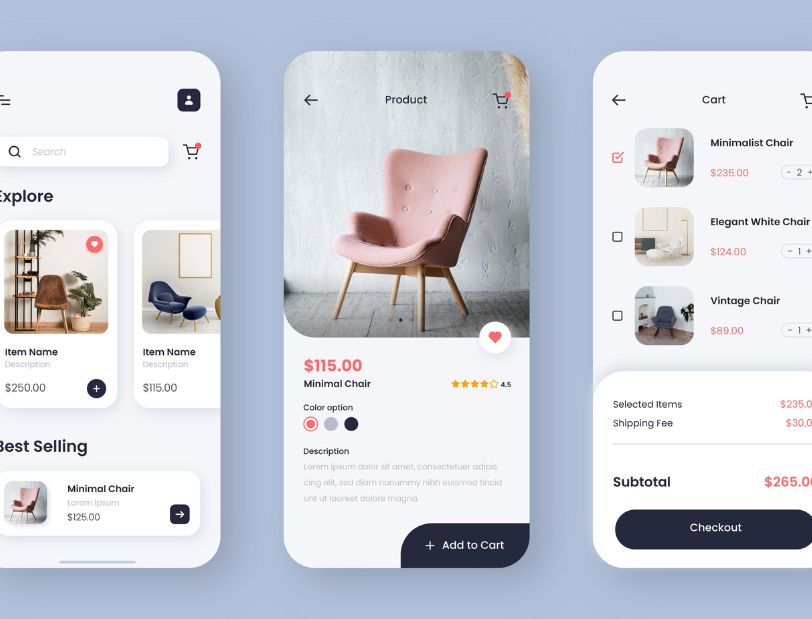
In 2025, mobile apps are no longer optional for businesses—they’re essential. But one of the first questions companies face is: should you build a native app or go cross-platform?
Let’s break down the differences, pros and cons, and what’s best for your business.
What is Native App Development?
Native apps are built specifically for one platform—like iOS (using Swift) or Android (using Kotlin or Java). These apps are developed using platform-specific tools and languages, allowing them to make full use of device capabilities such as the camera, GPS, push notifications, and offline storage. They take full advantage of each platform’s features, performance, and user interface guidelines, offering a smoother and more responsive user experience.
Native apps also tend to be more stable and secure, especially when handling sensitive data or integrating with complex device-level functions. Moreover, they often stay up-to-date with the latest system updates and can quickly support new features released by Apple or Google.
Pros:
- Higher performance and faster response times
- Access to full device features (camera, GPS, etc.)
- Better security and offline capabilities
Cons:
- Requires separate codebases (iOS and Android)
- Higher development and maintenance cost
What is Cross-Platform Development?
Cross-platform development uses one codebase to build apps for both iOS and Android, allowing developers to write once and deploy everywhere. This approach significantly reduces development time and effort, making it ideal for businesses that need to launch quickly across multiple platforms. Popular tools include Flutter (by Google), React Native (backed by Meta), and Xamarin (by Microsoft), each offering unique advantages in terms of performance, community support, and ecosystem integration.
These frameworks support hot-reloading, customizable UI components, and integration with native device features, enabling businesses to build robust, visually consistent apps without duplicating code. In 2025, cross-platform development continues to gain popularity as it balances quality with efficiency for growing businesses.
Pros:
- Faster time to market
- Lower development costs
- Single team can build and maintain both apps
Cons:
- Slightly lower performance than native in complex apps
- Limited access to some native APIs
- Requires careful testing across platforms
Why This Decision Matters
The right mobile development approach depends on your business goals, budget, and audience, as each option offers distinct advantages tailored to these priorities.
For example, a retail startup aiming to launch quickly with limited resources may benefit more from a cross-platform app, while a healthcare company with complex functionality might prefer the performance of native development.
- For startups and SMBs with limited budgets and fast launch goals, cross-platform (like Flutter) is often the smarter choice.
- For large-scale apps that require maximum performance, offline usage, or platform-specific features, native may be worth the investment.
2025 Trends to Consider
- Flutter is on the rise, offering near-native performance and a beautiful UI across devices.
- AI and real-time features are becoming standard—ensure your platform choice supports these.
- Speed to market matters more than ever—cross-platform tools help you move faster.
Choosing the Right Path for Your Business
There’s no one-size-fits-all answer. But with the right guidance, you can make the right choice.
At CYFER, we help businesses in the GCC and beyond choose and build mobile solutions that match their goals and budget, whether it’s a high-performance native app or a fast, scalable cross-platform build.
Let’s talk about what suits your business best.